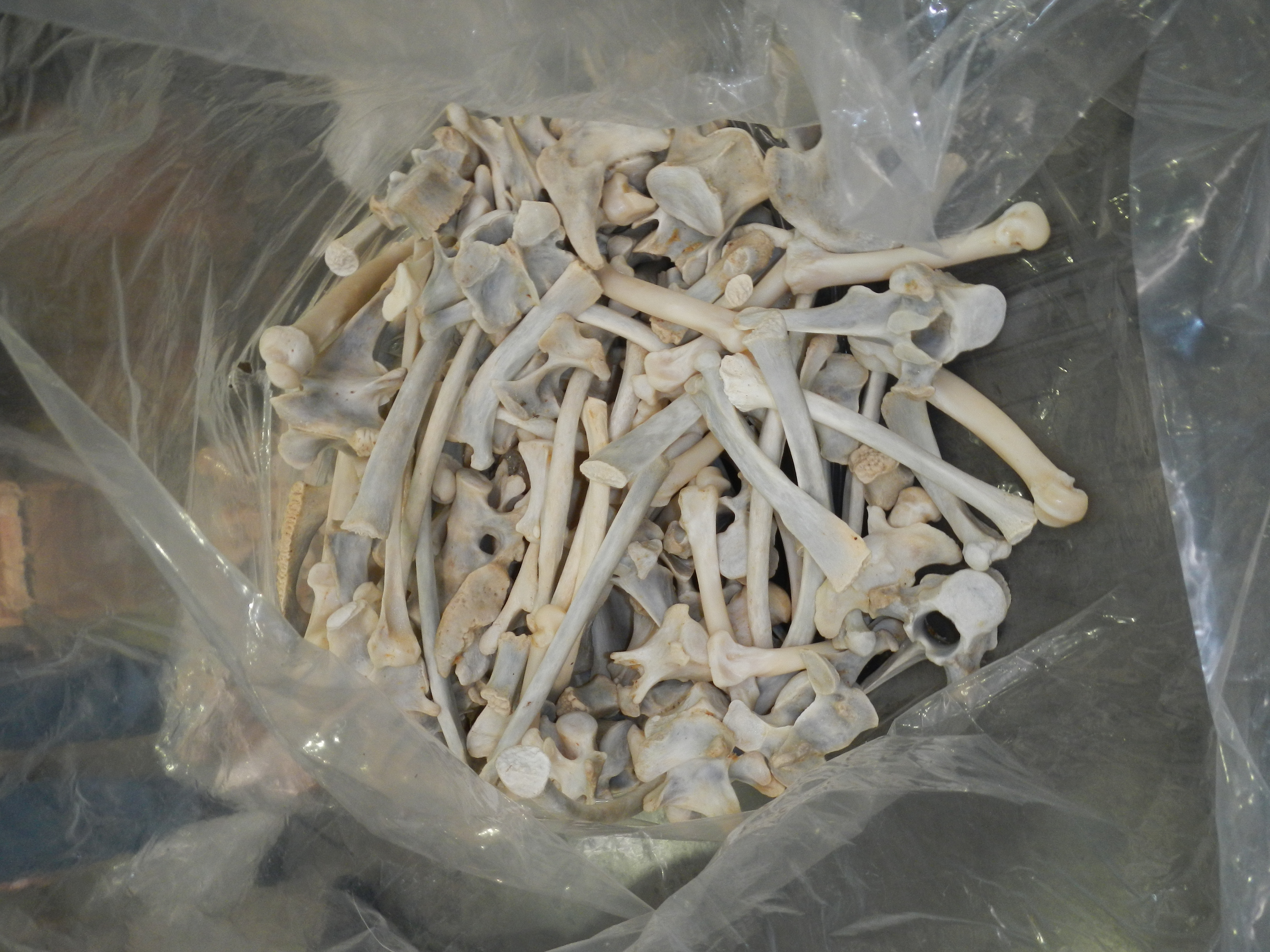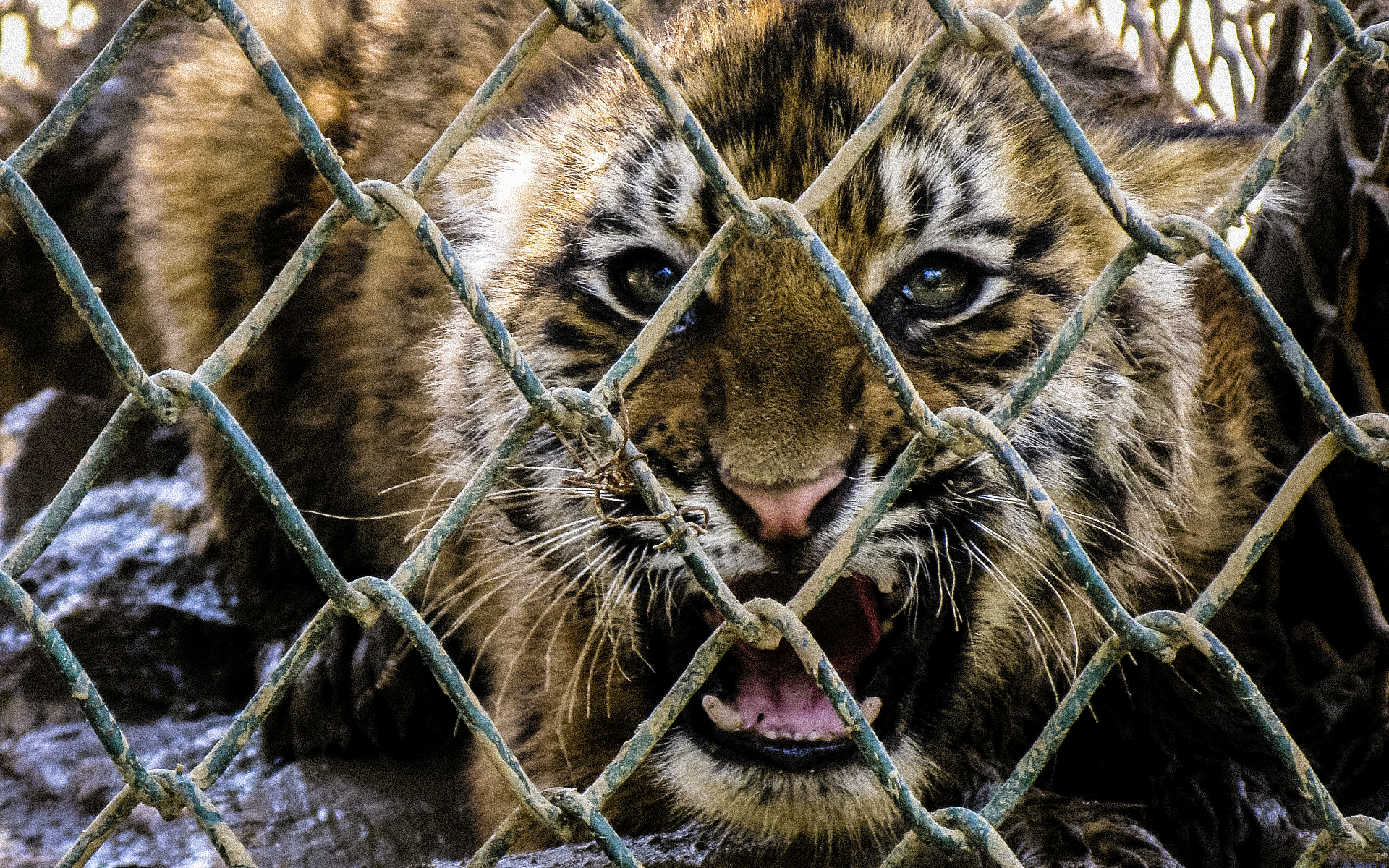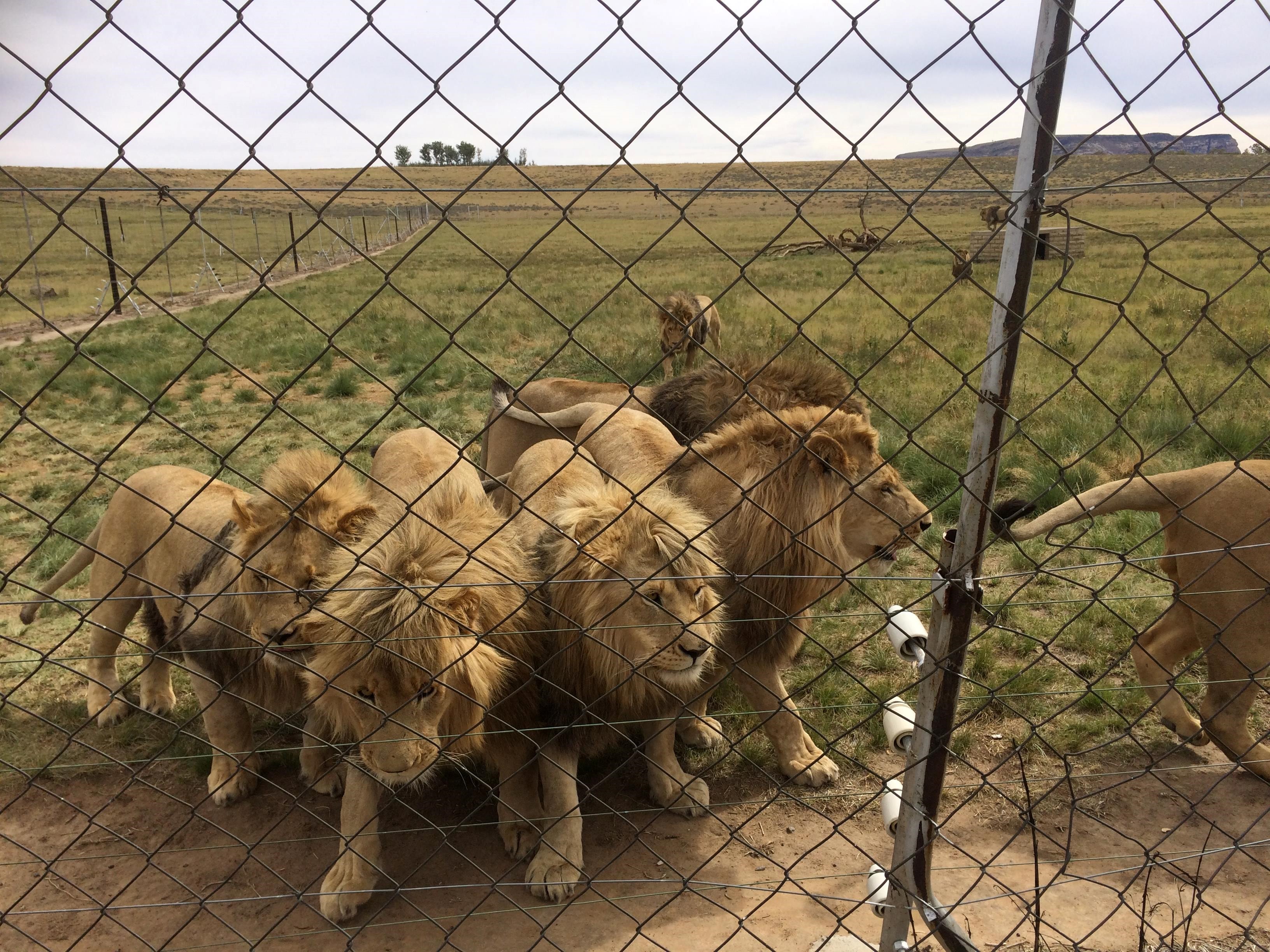News
Preferences for lion and tiger bone wines amongst the urban public in China and Vietnam
Since 2008, over 6000 captive-bred lion skeletons have been legally exported from South Africa to South-east Asia; giving rise to one of the most high-profile and contentious issues in contemporary felid conservation. WildCRU, along with partner NGO TRAFFIC, has pioneered investigations into the lion skeleton trade, and in 2015 published the first report on international lion bone trade from South Africa (Bones of Contention)
From 2015 onwards lion skeleton trade has continued to develop in South Africa. Currently there are believed to be over 7000 captive-bred lions in more than 400 breeding and keeping facilities which supply both the captive-bred hunting industry and the international lion skeleton trade. The WildCRU lion bone trade project looks at different conservation-relevant aspects of the complex and multi-faceted lion skeleton trade system. A continuing point of contention concerns the uncertain interactions of lion bone with tiger bone in Asian markets. A major threat to the estimated 3000 remaining wild tigers in the world is poaching for illegal trade in their body parts which are valued highly for use in, amongst other products, traditional Asian medicines. In Asia, imported South African lion bone is suspected to be used in similar products to tiger bone, which raises the question of whether captive-bred lion bone has potential to alleviate demand for wild tiger. However, such a situation is only likely to be possible if, amongst other factors, consumers do not have a strong preference for tiger over substitute lion bones.
As part of a larger effort looking at behavioral change interventions related to wildlife usage in traditional medicine in East and Southeast Asia (Moorhouse et al. 2020) WildCRU researchers, working with Touchstone Partners Ltd., devised an online survey which was administered in China and Vietnam to record the first quantitative data on preferences for lion and tiger bone in a traditional medicinal product; in this case bone wine.
Respondents’ preferences for wild tiger, farmed tiger, wild lion, and farmed lion bone wines were ranked and the effect of demographic and attitudinal variables on respondents’ product preferences were tested for. Findings indicate that in both China and Vietnam tiger bone wine is greatly preferred over lion bone wine, and that respondents showed high levels of fidelity to their choice of farmed or wild designation across species. Based on this preliminary survey it thus appears that lion bone may not be a direct substitute for tiger bone in China and Vietnam. Results also revealed interesting demographic differences in product preferences, particularly an apparent preference for lion bone wine amongst a younger age group in China, which warrant further in-depth investigation. These results are just the tip of the iceberg in understanding the intricacies of lion–tiger bone product interactions, but, although there is a long way to go before policy decisions can be made with any surety, this study has taken the first step in quantifying this complex trade relationship.
The full article is accessible here.
Coals, P., Moorhouse, T. P., D’Cruze, N. C., Macdonald, D. W., & Loveridge, A. J. (2020). Preferences for lion and tiger bone wines amongst the urban public in China and Vietnam. Journal for Nature Conservation, 125874.
-
 Captive-bred lion Bones for export from South Africa © V. Williams
Captive-bred lion Bones for export from South Africa © V. Williams -
 Tiger at commercial captive breeding facilities in Asia © Neil D'Cruze
Tiger at commercial captive breeding facilities in Asia © Neil D'Cruze -
 African lion farm © Peter Coals
African lion farm © Peter Coals





